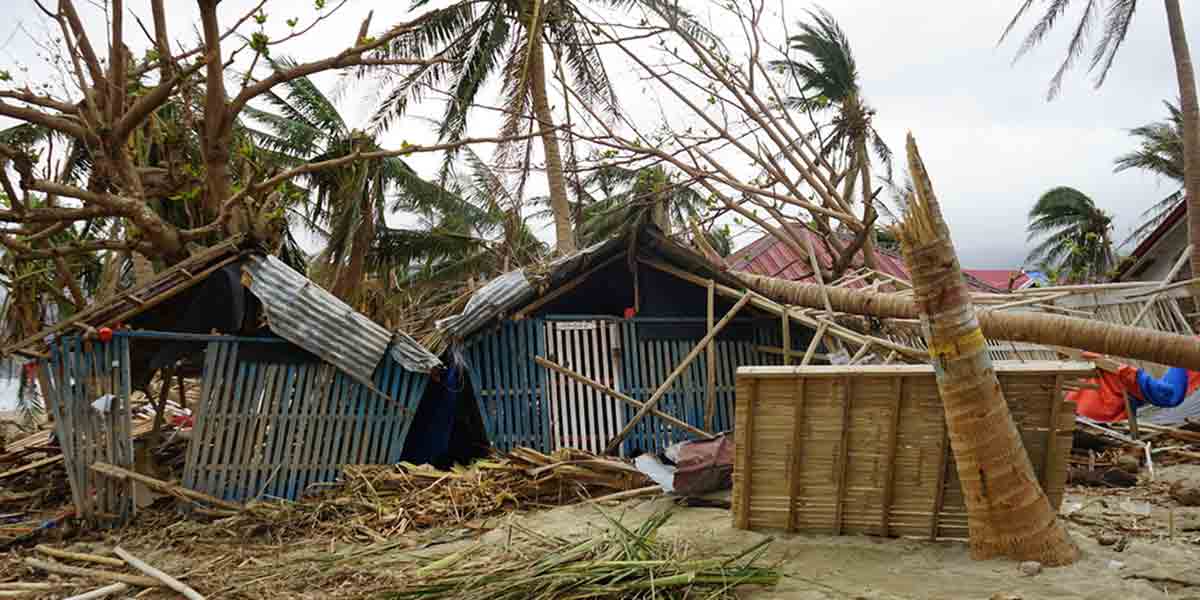
By Rjay Zuriaga Castor
The eruption of Mt. Kanlaon on June 3 resulted in agricultural damage estimated at P1.5 million, affecting farmers in Negros Occidental, the Regional Disaster Risk Reduction and Management Council (RDRRMC) reported on Friday, June 7.
Data showed that La Castellana, the heavily affected town, saw 56.76 metric tons of agricultural assets from at least 40 farmers damaged by significant ashfall, sulfur dioxide gas, and lahar flow.
The RDRRMC further reported that 14.55 hectares of farmland in La Castellana were completely destroyed, while 11.08 hectares suffered partial damage.
The city of Canlaon in Negros Oriental and the municipality of La Castellana in Negros Occidental declared a state of calamity on Tuesday, June 4.
Following the eruption, localized thunderstorms occurred on June 6, resulting in moderate to heavy rainfall over Kanlaon Volcano and Negros Island.
The heavy rainfall in the volcano’s vicinity led to the deposition of volcanic sediment flows, or lahar, in several waterways, including Tamburong Creek, Intiguiwan River, Padudusan Falls, and the Binalbagan River.
According to the Philippine Institute of Volcanology and Seismology (PHIVOLCS), lahar along Tamburong Creek overflowed and deposited a few centimeters of sediment on a stretch of the main road in Biak-na-Bato, rendering it impassable to motorists.
Clearing operations are currently ongoing in the area.
Six towns, including La Castellana, were covered in volcanic ash, which consists of fine particles of pulverized rock and glass.
PHIVOLCS also reported that the emission of volcanic sulfur dioxide gas has irregularly increased since May 2023, reaching an average of 1,273 tonnes/day this year.
On June 4, sulfur dioxide gas emissions peaked at 4,113 tonnes/day, marking the highest level recorded this year and the second-highest ever from Kanlaon.
PHIVOLCS said sulfur dioxide can combine with water vapor to form sulfuric acid rain, posing further risks to crops and soil.
Meanwhile, the Department of Agriculture reminded farmers and fisherfolk evacuated not to return to the danger zones for their lands, crops, and livestock until authorities clear the situation.
These damages are on top of the losses farmers from Negros Occidental suffered from the El Niño phenomenon. In the latest report, the province recorded P117 million in damage from El Niño, affecting 2,490 hectares of agricultural lands belonging to 3,121 farmers.



















